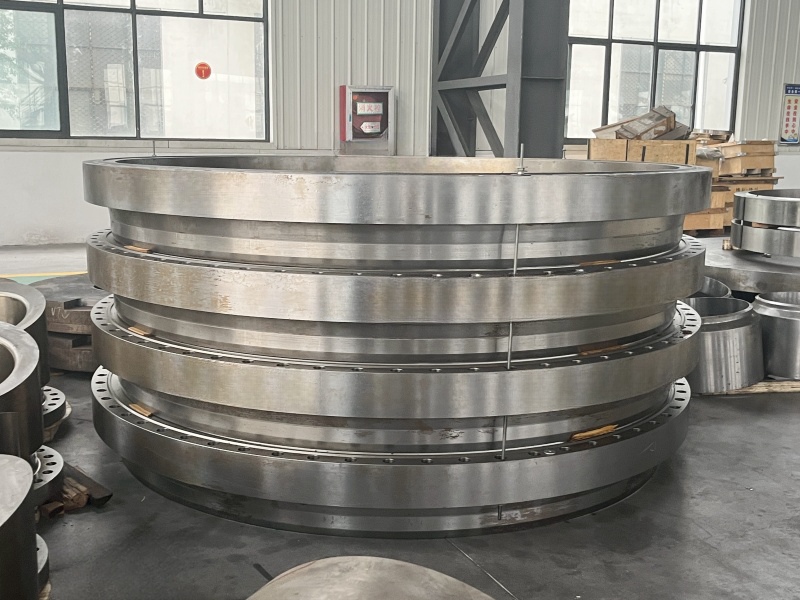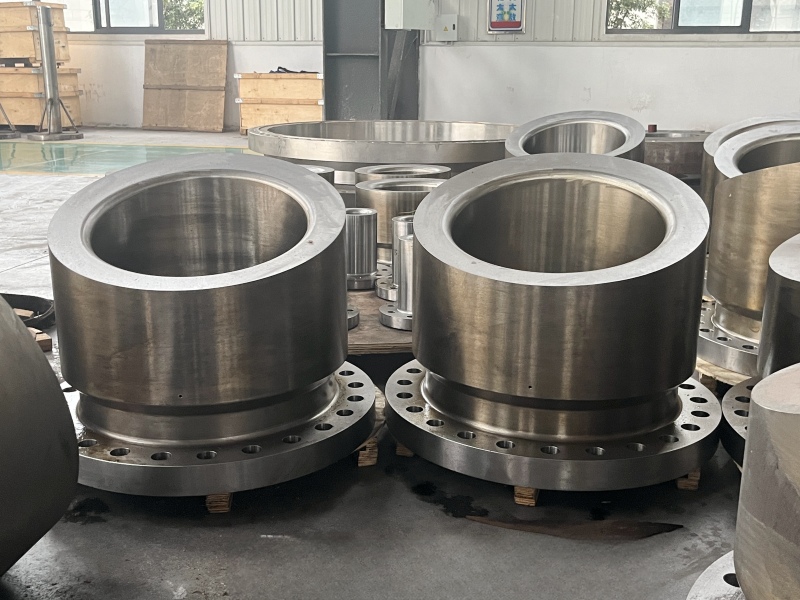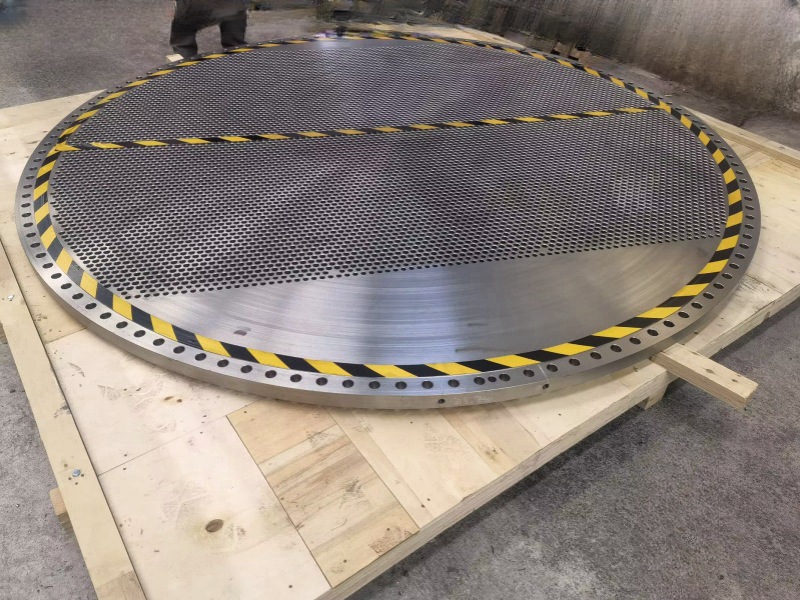
What Are You Looking For?
Pressure vessels are one of the most widely used equipment in industries such as petrochemicals, light industry, and electricity. Due to process requirements, the need for installation and maintenance of internal components of equipment, and the convenience of manufacturing and transportation, pressure vessels often require the use of detachable structures. A flange connection is a component composed of a pair of flanges, several bolts, nuts, and a washer. Shell and tube heat exchangers, reaction vessels, towers, and filters are typically equipped with flanges.
Pressure vessel flange refers to the flange that connects the cylinder and cap, cylinder and tube sheet, and cap and tube sheet. Same function as pipeline flange, similar in appearance but cannot be interchanged due to different definitions of nominal diameter. Its function is to combine different pressure components together while ensuring that the connecting components do not leak.



Reasonable selection of standard flanges is very important. In engineering applications, standard flanges (except for flanges with special working parameters and structural requirements) are usually used to reduce the computational complexity of pressure vessel design, increase flange interchangeability, reduce costs, and improve manufacturing quality.
The selection steps for pressure vessel flanges are as follows:
1.According to the nominal pressure rating in the flange standard and the design pressure of the vessel, approach a nominal pressure nearby based on the principle that the design pressure is less than or equal to the nominal pressure; If the design pressure is very close to the nominal pressure and the design temperature is above 200, a nominal pressure level can be increased nearby to determine the nominal pressure of the flange.
2.Based on the nominal diameter of the flange, the design temperature of the vessel, and the nominal pressure mentioned above, check the corresponding standards and determine the type of flange.
3. Determine the form of the sealing surface based on the characteristics of the working medium; The flange material is determined by the characteristics of the medium, design temperature, and commonly used flange materials specified in the vessel material control standards.
3.According to the flange type, material, working temperature, and initial nominal pressure, check the corresponding standards to obtain the maximum allowable working pressure.
4. According to the flange type, material, working temperature, and initial nominal pressure, check the corresponding standards to obtain the maximum allowable working pressure.
5. By comparison, if the maximum allowable working pressure obtained is greater than or equal to the design pressure, the original nominal pressure is the nominal pressure of the selected flange; If the maximum allowable working pressure is less than the design pressure, replace high-quality materials or increase the nominal pressure rating to ensure that the maximum allowable working pressure is greater than or equal to the design pressure, and finally determine the nominal pressure and type of flange.
6. Determine the materials of washers, bolts, and nuts based on relevant standards for flange type and operating temperature.
7. The specific size of the flange shall be determined according to the corresponding flange type, nominal diameter, and nominal pressure standards.